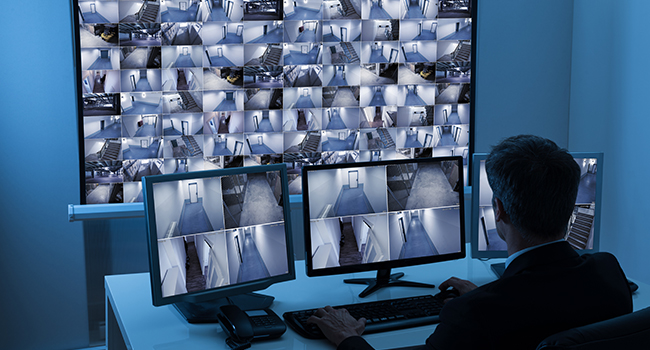
Mount Royal University Camera System Uses AI to Boost Security
Mount Royal University is the first organization in Canada to use iCetana black-screen monitoring technology to boost its security.
- By Jessica Davis
- May 16, 2019
Mount Royal University is replacing its 20-year-old CCTV cameras with 360-degree high-resolution cameras that use artificial intelligence software as part of their surveillance. The university will be the first in Canada to use the iCetena technology, which uses AI to learn from what it observes via surveillance cameras.
During the course of 14 days, the surveillance system learns to recognize what is “normal” activity within its field of vision depending on the time of day and day of the week. When the activity observed by cameras seems normal, the camera monitors display a black screen. If an anomaly shows up—like movement the system deems unusual for that area or time of day, or an unfamiliar item shows up on screen—the area containing the anomaly shows up on one of the monitoring screens.
“It works on a system based on fluid dynamics that takes images and converts them into pixels. Then it does pattern recognition to learn from what it’s seeing,” said Grant Sommerfeld, associate vice-president of Facilities Management at MRU. “For example, if a person stops moving in a hallway it will flash a view of that camera into the dispatch and they’re triggered to look at it . . . It could also be a bunch of people standing together, or if someone left a backpack, and then that can be investigated.”
The cameras are not equipped with facial recognition tech. The system is designed to allow security and, if needed, emergency services to track any anomaly detected and be proactive toward safety on campus.
The new system, with its 360-degree cameras, provides a better range of coverage. It also helps ensure that strange activity or items don’t go undetected, which can happen when one person is responsible for watching more than 300 live feeds across 118 acres of campus all at once.
Safety upgrades to the campus also include the addition of nine blue safety telephones with 360-degree cameras. The “Code Blue” stations will be fully implemented and operational at multiple points on campus by the end of the summer.
“We are currently working to augment the process with these (Code Blue) stations so that people can call for help from mostly anywhere at any time, and it will give us a lot more in-depth coverage for those heavily used pedestrian corridors,” Sommerfeld said.
Sommerfield said card readers will be added to doors, and by 2021 at the latest, administrators will be able to lock down the entire campus in an emergency with by pressing a button.
“With longer hours at our new library, we wanted to ensure people could get in and out easily . . . it will also prevent security from having to manually lock and unlock 58 exterior doors on a daily basis,” Sommerfeld said.
About the Author
Jessica Davis is the Associate Content Editor for 1105 Media.